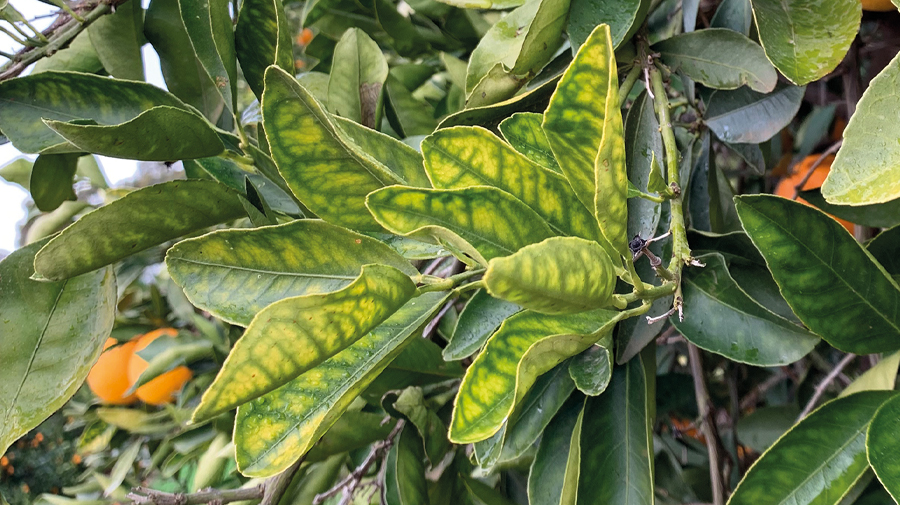
Latest
News
Just a Trace – Micro in nature, but MIGHTY in impact.
The name ‘Trace Elements’ does little to highlight the importance of these powerhouse ‘micronutrients’ to crops, pastures and stock health. ‘Trace’ referring to ‘only present or only required in minute quantities.’
Grass tetany for example, is a highly fatal disease associated with low levels of magnesium in the blood of livestock, particularly lactating cows. It can impact and devastate a herd quickly and must be acted upon immediately. Prevention is of course better and cheaper than dealing with an outbreak. Other trace element deficiencies are less visible than grass tetany, but equally highly impacting on grower returns.
Limiting factors – Liebig’s Law
Typically when budgets are tight, it is micronutrients that are reduced or deleted altogether from a soil fertility program. Yet these micro-workhorses may in fact be the ‘limiting factor’ on crop growth, yield, quality or stock health. In BioAg’s Winter/Spring 23 newsletter, we explained Liebig’s Law – one of the key soil analysis principles. Liebig’s Law of the Minimum states that if one of the essential plant nutrients is deficient, plant growth (which flows onto stock health) will be poor, even when all other essential nutrients (macro and micro) are abundant.
Trace elements when in deficit or excess, will influence crop yields and stock production, therefore balance is required for a positive results and returns.
So is cutting back on trace elements really the right decision? In short, no.
Three key micronutrients to consider are Boron, Zinc and Copper.
Boron plays an essential role in cell wall development, crop pollination, fruit development and translocation of sugars. As Boron is relatively immobile in plants, a constant supply is needed during the growing cycle. The difference between adequate, deficient, or toxic levels of Boron is small, so understanding the dynamics of release, soil pH and availability are important.
A deficiency can be observed in several ways, but its largest impact will be on seed or fruit yield and quality. Most soils carry reserves of Boron in soil organic matter. Boron is released as organic matter decomposes; however it does not bind with soil colloids and therefore is easily leached. A healthy soil with robust levels of soil organic matter and sustained release Boron fertilisers are key practices to ensure Boron is continually supplied to crops or pasture through soils. Alternatively low frequent foliar applications can be applied.
Zinc is one of the most common deficiencies in crops across Australia. It plays a key role in plant, stock, and human health. Soil pH, organic matter, and VAM (vesicular arbuscular mycorrhiza) all have a major impact on the availability of Zinc in soils. Importantly, chelating agents in soil organic matter will increase solubilisation and uptake by plants.
Deficiencies are typically observed as chlorosis in sections of leaves or as chlorotic bands in cereals and grasses. Zinc deficiencies can be rectified through application of Zinc in fertilisers or in foliar sprays, though understanding the impacts of soil pH, soil organic matter, enhanced root growth and VAM and the interaction of soil phosphate and calcium levels on Zinc availability and plant availability should be considered.
Copper is an essential micronutrient for healthy plants and stock. It plays an important role in metabolic processes, such as chlorophyll production, photosynthesis, plant metabolism, nitrogen fixing and is essential for wheat pollination. While deficiencies of Copper are not as common as Zinc, the importance of Copper to yields and quality means it needs to be monitored. Copper is used in small quantities by plants but cannot be translocated and therefore a continual supply is needed. It also has a narrow band between deficient and toxic levels. Copper, Iron and Zinc ions are similar in size and charge and can inhibit each other.
Deficiencies are commonly observed as chlorosis in the growing tips of plants or die back in shots and sprouts. As a common element in fungicides careful monitoring and testing is important.
A range of products can be used to supply Copper, but with consideration of factors such as soil pH and levels of zinc and iron.
Zinc deficiency in citrus crop
Micro’s matter
The importance of micronutrients cannot be underestimated. Providing these through your soil, through fertilisation or accessing unavailable reserves through microbial activity, is typically the most cost-effective method. Use of foliar applications is also a solution; especially for key or peak demand periods or to counter an unexpected deficiency. Foliar applications of micronutrient salts with natural chelators such as BioAg’s Balance & Grow® provide a cost-effective foliar solution that can be applied with other nutrients or chemicals.
Ensuring key micronutrients are available will ensure you get the most from your investment in macronutrients such as Phosphorus, Nitrogen and Potassium.
BioAg offers a full range of trace elements for blending with our range of solid fertilisers, as well as a proprietary range of specialised products with unique characteristics and benefits.


Recent Comments